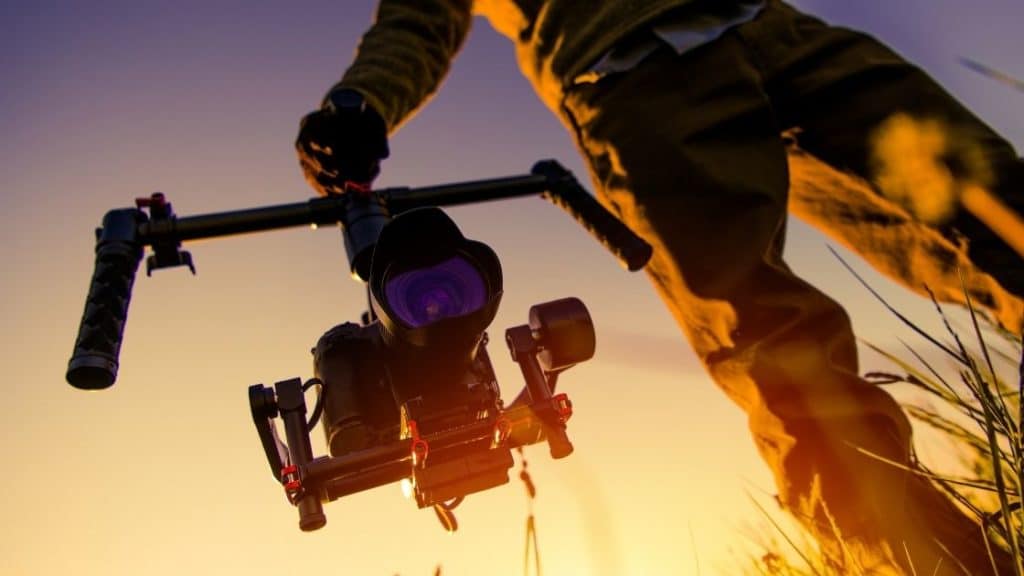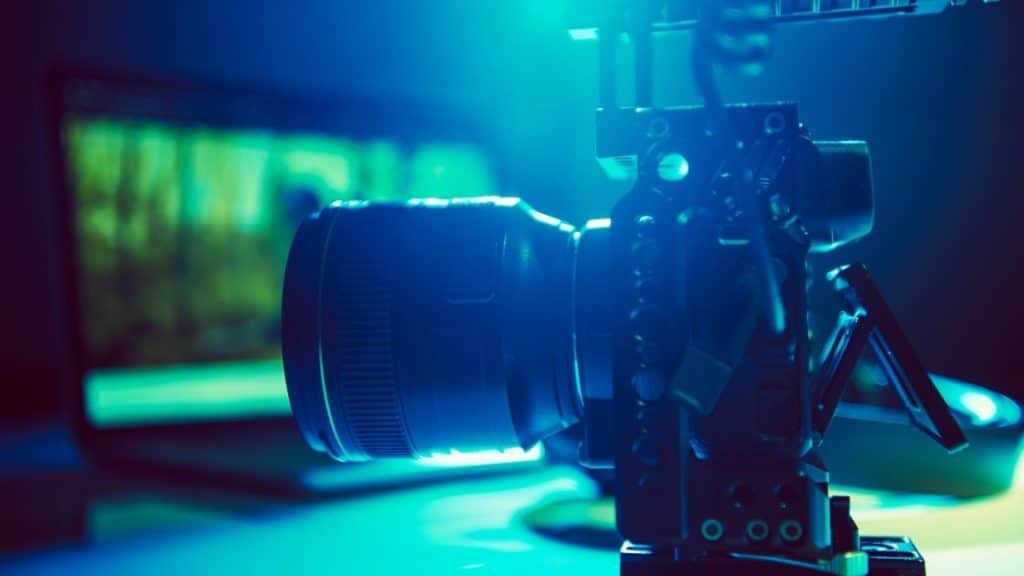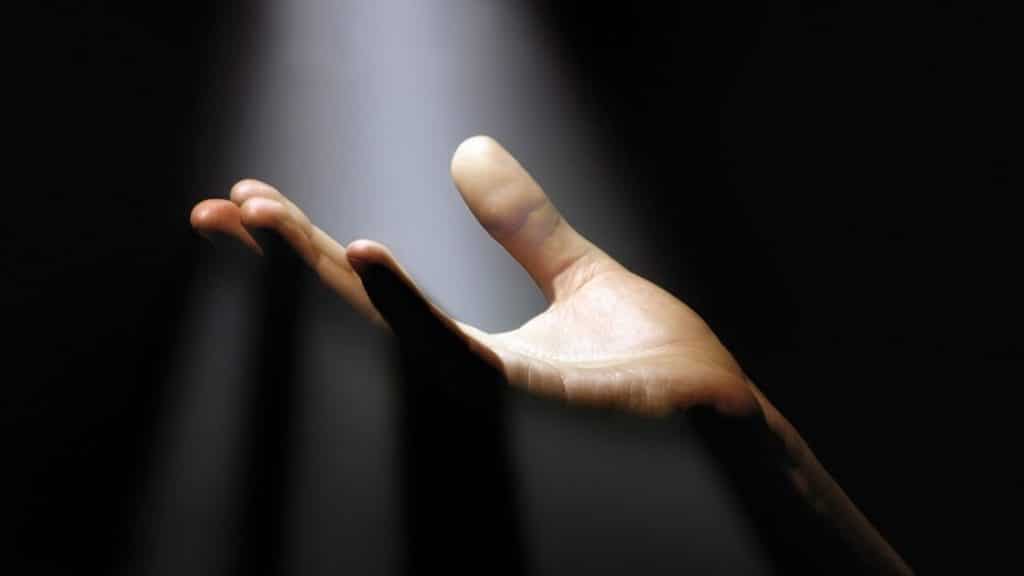Anyone Can Male Cinematic Videos
Article by Colette Nichol, Solo Filmmaker and Story Strategist

TABLE OF CONTENTS:
- Make your films and videos more cinematic.
- What is a cinematic video?
- Seek motion
- Seek emotion
- Fall in love with light
- How do I know?
Make Your Films and Videos More Cinematic
How can you make your videos, micro films, family vacation footage, amateur art house movies, corporate films…more cinematic?
That’s what we’re going to talk about today.
But before we dive into the mud, let’s just deal with the definition of cinematic. What makes something cinematic?
Do you remember the first time you went to the movies?
Your parents had finally decided that you were old enough to not be a complete pain in public and trusted you to sit quietly for two whole hours. You sat in the darkened movie theatre and as images flew across the giant screen, you just knew that you were going to experience something special. And you weren’t wrong.
Sitting there quietly, watching as a story unfolding before your eyes, you were transported to another place. Another time.

WHAT IS A CINEMATIC VIDEO?
While you may not remember every single detail of your first trip to the movies, what you do remember is important.
It’s the feeling of being transported. Because that’s what cinema does. And that’s what makes a cinematic experience different from every other type of moving picture experience. Like the news. Or a panda video. Or your great Aunt Hilde’s Alaskan cruise trip video featuring her new lover Klaus in every single shot.
So our definition of cinematic for today is this: a cinematic moving picture transports the viewer, sweeps them up in the story, and carries them along for a ride. In short, moving images that are worthy of being tossed up on a big screen.

So how do you make videos more cinematic so that they transport the viewer and take them on a journey?
There are lots of things you can do. But today, we’re going to talk about three.
1. Seek motion.
2. Seek emotion.
3. Fall in love with light.
Let’s start with seeking MOTION!
1. SEEK MOTION
Let’s start with the first key to cinematic images. Seeking motion.
I’m not talking about getting obsessed with dolly shots, and crane shots, and sliders, and gimbals, and buying an arsenal of drones that you decide to fly overhead illegally until your nosy neighbor reports you to the police. And I’m not talking about running around becoming a master of handheld or using that video tripod head like a pro. I’m talking about MOTION WITHIN THE FRAME. Keep your shot still. Keeping the frame still, but filling it with motion.
The motion is in the CONTENT not in the CAPTURE.
It’s a totally different approach. Today there’s an obsession with moving the camera around all the time. ALL THE TIME. Hypnosis.
If I had to guess, I’d say this comes from our culture of music videos. But while camera movement is certainly part of the cinematic grammar, it isn’t the thing that will bring your low-budget pieces of art to life.
Think about some of the most iconic moments of movie history.
No screw that. Think about your favourite scenes in movies. Just do it. humour me. Pause your reading and think about all your favourite scenes. Are you thinking about crazy camera movement? Or are you thinking about actors doing amazing things on screen?
The human eye is attracted to motion as a survival mechanism.

And we are most especially interested in the movements of other humans and animals. It’s how we stay alive. Even from the corner of our eyes, we can see a strange movement.
That’s actually why you see a lot of camera movements in a boring scene.
Because the director is worried you’re going to get bored and move on. So they move the camera around hoping you’ll just be hypnotized and not notice how boring the scene actually is. So yeah, motion. This is vital. Seek out motion. At every turn. This will bring your moving pictures to life in a way that simply becoming obsessed with camera movement cannot.
The next thing to look for is EMOTION.

2. SEEK EMOTION
The camera doesn’t lie.
That’s why bad acting is so painful to watch. The camera sits there without judgment capturing every nuance or lack of nuance the actor brings to the table. But by the same token, if you have a brilliant actor or an interesting subject, the camera will see their emotions sparkle and light up the screen. A moving picture can capture the essence of a person in a way that a still image cannot. And this is exactly what makes movies so interesting.
But if you don’t seek emotion, you’re not exploiting the intrinsic power that the camera has.
In fact, you’re just roundly ignoring it and treating it like that kid nobody wants to pick for the soccer lineup. And that’s just crazy-town behaviour. Not seeking out emotion means your films won’t have substance. They might be beautiful. They might be full of movement. But they won’t make the audience feel anything.
If the people on screen aren’t feeling anything, then the people off-screen definitely won’t feel anything either.
Emotions don’t have to be big epic ones.
It can be just a sparkle in your subject’s eye. It can be the clench of a jaw as they speak about something angers them. Emotions can be stoic, or it can be histrionic. It doesn’t really matter – as long as the emotion is there. Think of some of the greatest scenes in your favourite movies.
Think of the emotions they’re capturing.
Great movies aren’t made up of emotionless scenes. They’re a vehicle for an emotional arc. From one feeling to another to another to another. Peaking at the climax of the film and then revving down as the movie comes to a close.
Emotion is everything.
Even a great story, told without emotion becomes dry and unsatisfactory.
Like a bagel without cream cheese. Why would you do that to yourself!?! To your audience? So when you’re out shooting your videos look for emotion. Train yourself to scan a room for emotional moments.
Or ask the questions that will spark something in your subject. And then as you go through your footage, be on the hunt for those moments of emotion that make YOU feel something.
Next, let’s talk about light.

3. FALL IN LOVE WITH LIGHT
The next thing you need to do if you’re going to create cinematic videos is to fall in love with light.
That’s the starting point of all images. Without light, you have no image. Light literally tells the story on screen. It captures motion and emotion. Light allows your characters to live.
And not all light is the same.
As you begin to observe the way light falls in nature, the way the sun hits a person’s face, the way a desk lamp pools golden light in a dark room, the way a sunrise paints a glow onto your lovers face, you’ll start to see that light tells a story.
What you’re looking for is lighting that tells the story you want to tell.
That means more work. Not necessarily accepting the obvious choice or the easiest choice. Looking for interesting lighting. Looking for lighting that has something to say. Learning how to use light to shape a scene and create a mood. Film lighting can be an incredible way to help you tell a story.
Learning to work with light isn’t easy.
So don’t feel bad if you struggle with this. But it’s one of the key tools a filmmaker has to elevate their images from the mundane to the cinematic. And the sooner you start your love affair with the light, the faster your images will start to look more and more like something that might deserve to be given a big screen one day.
If you want to learn cinematic lighting as a way to make your videos even more cinematic, then check out this article.
Okay, but how do you know this is going to work?

HOW DO YOU KNOW?
At this point, you might be wondering how I came up with this holy trinity.
Do I really even know what I’m talking about? Or is this all just a bunch of random conjectures? I’m a solo filmmaker. That means I make films that are really really small – they’re designed for the online space. And I make them by myself. No assistants. No crew. Just me, and a camera, and some sound gear, and a couple of lights.
While yes, sometimes I have a crew or an assistant, but that’s not how I started.
When I first started out, I used to compare what I was creating too big Hollywood movies with mega budgets.
And of course, what I was creating never measured up. How could it – they had $150 mill and I had, well, no mill.
But I persisted. Despite dejection.
I kept taking out the gear and making things. And then analyzing them. Then watching big-budget movies and analyzing them. And indie movies and analyzing them. What I discovered is that the shots or sequences or moments that I liked the most, that moved me, captured my attention, had some very important aspects in common. It wasn’t necessarily related to production values. It was something else. Something more human.Something more essential AND accessible.
It was motion, emotion, and light.
It was the combination of these three elements within the structure of a well-told story that kept me interested and elevated the experience from just “watching a video” to being swept away by a cinematic experience. So yeah, you don’t have to wear black turtlenecks or shoot on celluloid to make your projects more cinematic.
You have to think like a filmmaker and use the greatest tool that is available to you: your brain.
Thinking creatively and seeking out motion, emotion, and interesting lighting will elevate your filmmaking far more than an obsession with drones ever could. But hey, what do I know?
Try it out yourself and see what you think of the results.
Learn Filmmaking and Get the Gear Guide
If you’re interested in learning filmmaking, check out the Solo Filmmaking Mentorship Program I created for aspiring filmmakers and video creators. It usually goes live once per year. So I recommend getting the Story Envelope Filmmaking letter which comes out a couple of times per month. That way, you can get filmmaking tips for free and find out when the filmmaking course is going live again.
Also, before you go, grab the Solo Filmmaking Gear Guide and Checklist for Beginners.

About the Author
Hi! I’m Colette Nichol. I’m a solo filmmaker and story strategist based out of rainy Vancouver, Canada. I’ve been making videos and micro films for small businesses and global brands since 2014.
Plus, I LOVE to help aspiring filmmakers pursue their dreams and start making films. This blog is designed to help you gain the knowledge you need to become a filmmaker.
If you want more, get on the waitlist for the Story Envelope Academy Solo Filmmaking Mentorship Program. It opens up one time per year and is the best way to become a filmmaking or video pro fast!
CLICK HERE to get on the solo filmmaking mentorship waitlist.